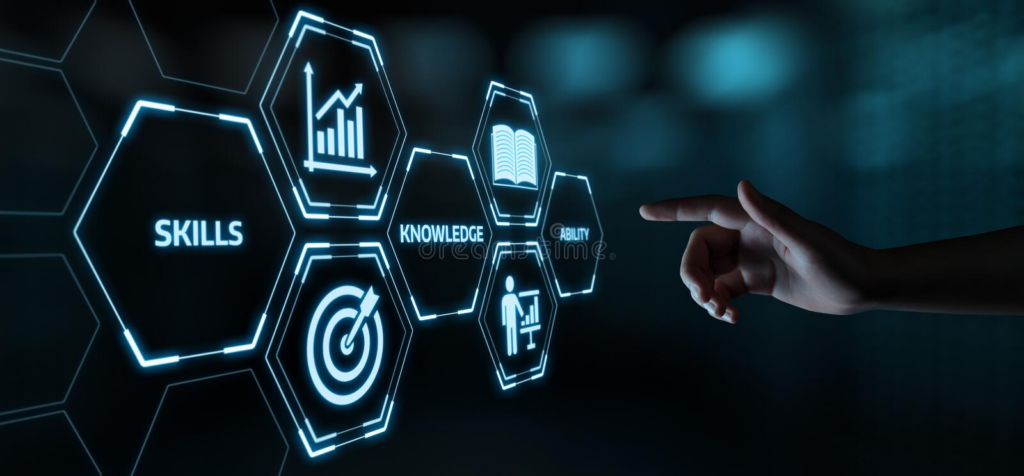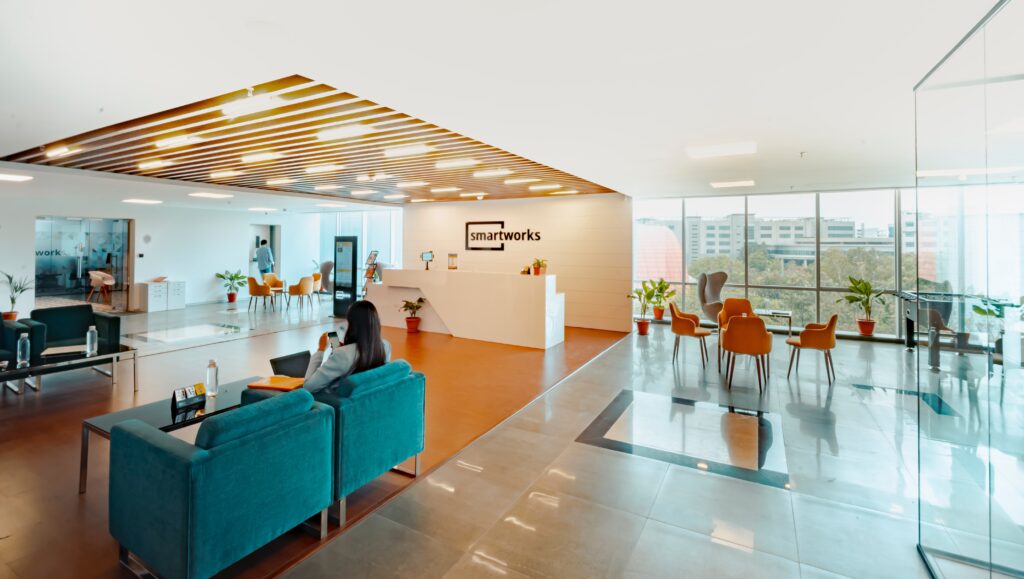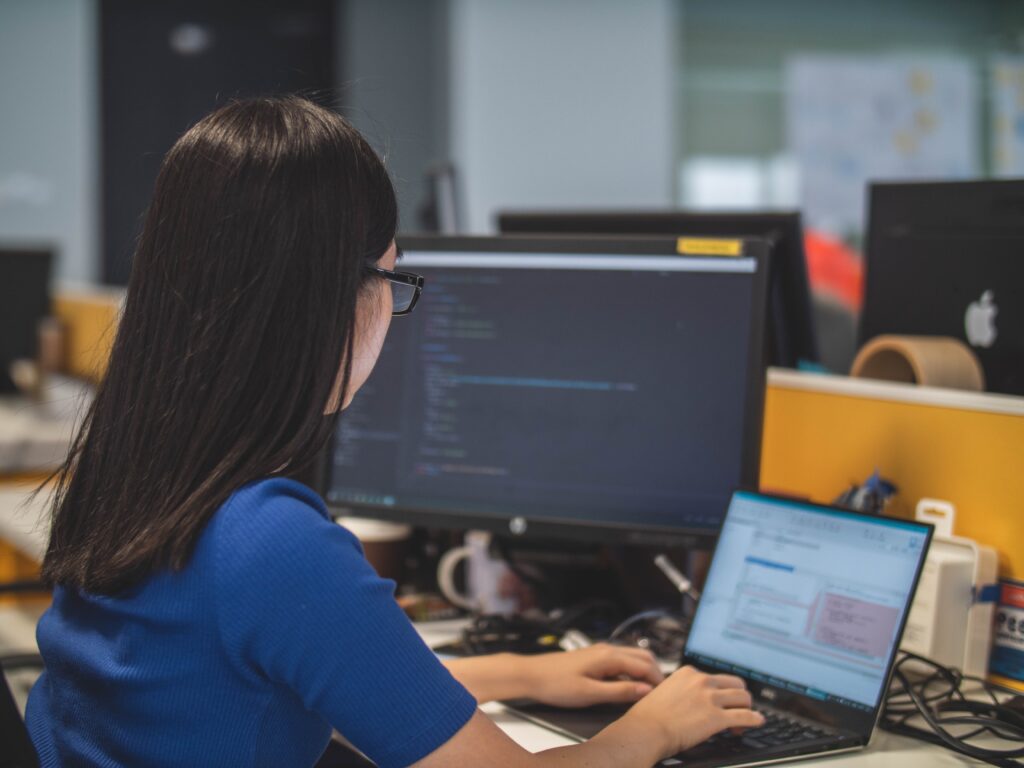We have likely all been told “the future of the world is in your hands” at some point in our lives. Well in this day and age, the future of the world is quite literally in Generation Z’s hands.
Generation Z, also known as Gen Z, is the newest generational cohort of individuals born between the years 1997-2012. These individuals are technical experts with a deep passion for social and environmental causes, who value independence and are certainly no strangers to going after and getting what they want.
Generation Z is beginning to fill in the population group of young professionals in the workplace. They bring a fresh and unique perspective, perhaps shaped by the impactful events they have endured and overcome during their lifetime. Their one-of-a-kind characteristics, digital fluency, and drive for change and success make a lasting impact on the workplace.

Gen Z was raised being immersed in technology and thus are not fazed by our constantly evolving and digitized world. This generation is known as “digital natives,” hinting at their innate ability to process and utilize a variety of technology. Growing up in a world that is driven by social media, smartphones, the internet, and constant connectivity, Gen Z implements a new way of thinking, communicating, creating, and understanding digital tools and platforms in their work routines. These proficiencies have led to tremendous growth in organizational efficiency.
As many of us experienced, the Covid pandemic greatly changed our way of normal life. For example, the way we traditionally viewed and did work is not that way anymore. Instead of the typical 9-5, 5-days-a-week work schedule, we are seeing upward trends in working remotely with a more flexible schedule.
Gen Z is a population that favors a work-life balance, so it is no surprise that there is an increase in demand for flexible schedules and remote work options. However, this remote style of working is only feasible if employees know how to use technology, which is a key attribute of the Gen Z population.

As mentioned previously, this generation has strong opinions and is not afraid to advocate and fight for what they believe is right. Gen Z is often the main group of individuals who protest controversial topics and demand changes. They are committed to fighting for justice for all and doing what is ethically right.
In the workplace, this mindset will come in handy as they will always generate new ideas with different methods for implementation. Gen Z employees do not fall into the common “groupthink,” but instead, they challenge their co-workers by presenting different and unheard perspectives. They push for corporate social responsibility, they are committed to their work, they are considerate of other employees, and they are driven to achieve success for their company.

One way Gen Z has uniquely influenced the workplace culture is through their continuous desire to learn and seek growth opportunities. They enjoy “social learning environments, where they can be hands-on and directly involved in the learning process.” In other words, they value involvement and interaction, and being in a fully immersive learning environment. In the workplace, this means they value the opportunity of taking on a task themselves and being given extensive feedback and mentorship through the completion process.
Generation Z has also proven to have a strong desire for autonomy and entrepreneurial opportunities. One key factor that has influenced this craving is Gen Z’s parents and guardians.

Most of Gen Z’s parents are viewed as “helicopter parents,” who tend to be very traditional in their ways, opposed to change, and are very career driven. While Gen Z is very driven in their careers too, it is for a different reason.
During the 2008 recession, a lot of Gen Z saw firsthand their parents being laid off from their jobs. This initiated a mindset and attitude of “I’m not going to let this happen to me” and brought about a strong desire for independence. “There’s an independent streak about Gen Z in taking care of their future; they don’t have it all figured out, but they don’t see the point of working for a big company for any number of years when they can just lay you off with the snap of a finger.”
Mental Health became increasingly important after the Covid-19 pandemic. Living in a time that was so dark, with limited interactions and places to go, and no light at the end of the tunnel visible, Gen Z’s and the overall population’s mental health suffered. However, because we all survived it, we are mentally tougher and more aware of how to take care of our minds.
Gen Z has made it a priority to support and focus on mental health and wellness awareness. They are taking action by being willing to discuss their mental health, prioritizing it even more than their physical health, and they are implementing wellness programs and other mental health initiatives. As a result, we are seeing Gen Z’s heightened awareness and attention to mental health, we are seeing them advocate for a work-life balance with a flexible schedule, and we are seeing their demand for supportive and inclusive workplace cultures.
Gen Z has undeniably left a lasting impact and brought about significant changes in the workforce. Their tech-savviness, dedication to creating a just environment, eagerness to learn and grow, drive for independence and success, and increased prioritization of mental health are just a few ways they have changed the way we work.
Organizations must be ready to adapt to these needs, as they are the newest and upcoming group of working professionals. Gen Z requires workplace design to be a priority for companies they consider working for, which means creating a workplace that addresses the unique needs and drivers of this generation is a lever that your organization can pull to attract and retain this important talent pool.
If you need help implementing these organizational changes and maximizing your company's “culture, brand, and unique values,” then Workplace Integration is here for you! After all, Gen Z is in control of what our future looks like.
As we all know, the pandemic has changed so many things in so many individuals' lives, including how daily tasks get completed, how we work, where we work, etc., and this is the same for the way post-pandemic office interior design. The pandemic created new needs for offices regarding functionality and design, highlighting aspects of workspaces that aren't necessary anymore.
When it comes to work-life after the pandemic, it is clear that the way individuals work has completely changed. We've gone from working 9-5 jobs in an office space to being entirely remote for a new mix of the two: some at home, some in the office, and some hybrid. With this unique working style, the way offices are designed has changed to meet the needs of many different aspects that were previously overlooked.

Trends emerge as businesses redesign their spaces to maximize workplace productivity and efficiency. Office interior designs have changed from a multitude of individual workspaces to a larger group conference format. With many individuals being hybrid employees, the need for individual spaces has decreased, turning those in-office days into days, most workers participate in office-wide meetings. Office spaces have also evolved in the creative aspect. Many studies have shown that being in an environment that promotes learning and creativity and feels comfortable is essential to workers' development and mental health. This might include adding new perks to being an employee, such as a gym membership, team-building exercises, comfortable and practical office space designs, etc. Office spaces are evolving post-pandemic, so keep reading to find out how they’ve been redesigned and the benefits of doing so.

1. Increased space explicitly designed for the collaboration of team members
As stated above, many businesses are redirecting their attention to creating more collaboration spaces instead of individual offices due to the fact that many were isolated from others during the pandemic, and with an increase in remote workers, collaboration spaces are a great way to socialize on their days in the office.
When at home, they can complete tasks they would initially complete in their office or cubicle, but now in the office, they can generate new ideas amongst one another and participate in meetings. Often businesses will also add lounge spaces to foster socialization and creativity without the pressures of achieving a work goal while in this space.
Collaborative spaces have helped employees achieve a better sense of community within their workplace environment, and studies have shown that team members who work in these spaces are 17% more satisfied with their job.

2. Sound masking and workplace background noise
With Zoom and video conferencing becoming so prevalent due to the pandemic, offices feature spaces that allow for a quiet area to participate in video conferencing with little to no distractions. These rooms are a great place to interact with those who are at home or aren't in the office, even though some employees may be.
It offers a quiet and convenient workspace to get things done, even if you aren't video chatting. Many offices have nailed down the acoustics for such rooms, and sound masking is a great tool to install to make all employees feel protected and comfortable.
Sound masking is when sound is installed in a way designed to mask other, more distracting noises. The noise is engineered to match the frequency of human speech to provide more privacy. Employees feel more protected with sound masking, which is a great improvement in itself. It helps drown out distractions to allow employees to complete higher quality work and protect speech privacy, making it a standard new installation in many post-pandemic office projects.

3. More comfortable environments
As people had to ditch the office and make do at home, individuals expressed how they enjoyed working from home and felt more comfortable in that environment. A study even found that remote workers were 22% happier than workers who work in the office. Due to this, businesses have adapted their office spaces to feel more home-like and comfortable to enable employees to get work done more effectively. This may include sofas in a lounge space, increased snacks around the office, more residential-style furniture, an increase in foliage, etc., all of which are aimed at making employees feel more at home and increasing productivity and creativity.

4. Increased focus on employee health and wellness
With the pandemic raising awareness of health and wellness within our lives, office spaces have begun to reflect that need for a healthier environment for their employees. Increased safety measures have been introduced, such as more hand sanitizer stations, designated spaces to eat during work hours, enhanced ventilation systems, and even reminders to keep spaces clean and tidy.
Offices have also begun designing spaces and workplace benefits that promote focusing on mental health and wellness. These may include more natural lighting, spaces where individuals can work in private, access to a gym or outdoor space for physical activity, and mental health workshops.

94% of employees who work in workplaces that have introduced mental health workshops have said they have been effective, and 45% report they have been very effective. Natural lighting can boost morale and energy levels, as 47% of employees working in offices with little natural lighting have reported feeling more tired. These up-and-coming modernized designs have shown major impacts on the overall health of employees.
Overall, office space designs have changed since 2020, which is a good thing. These new post-pandemic spaces promote comfort, creativity, and efficiency, all while putting a new focus on employees' health and wellness.
The pandemic has shown us new ways of working, whether it’s full-time in the office, hybrid, or at home, and it has done a great job of emphasizing the importance of an office space that is more than just desks and cubicles.
If you want to upgrade your office space, head to Workplace Integration's website now to achieve the workplace of your dreams!